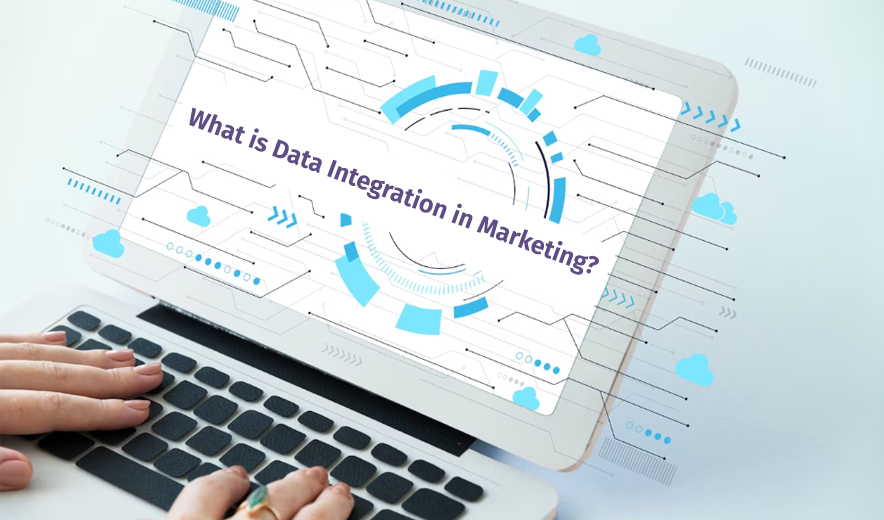What is Data Integration in Marketing?
Data integration is the process of gathering and merging data from various sources into a unified and organized dataset. In marketing, this practice involves collecting information from different channels and systems to create a comprehensive view of customer behavior, campaign effectiveness, and overall marketing performance. This consolidated data serves as the foundation for informed decision-making and strategy development.
Understanding Data Integration
Data integration essentially refers to combining and harmonizing data from multiple sources into a single, cohesive dataset. These sources can include customer databases, CRM systems, social media platforms, website analytics, and more. The goal is to create a unified pool of data that can be analyzed and utilized effectively.
Different Data Integration Techniques
There are several techniques employed in data integration, each catering to specific business needs. Here are some common ones:
1. ETL (Extract, Transform, Load)
ETL is a widely used method that involves extracting data from various sources, transforming it into a consistent format, and then loading it into a central repository. This procedure guarantees data quality and consistency.
2. API Integration
API (Application Programming Interface) integration allows systems to communicate with each other and share data in real time. It is valuable for businesses requiring up-to-the-minute information.
3. Data Warehousing
Data warehousing involves storing data from different sources in a centralized data warehouse. This approach is suitable for businesses needing historical data for in-depth analysis.
4. Manual Data Entry
In cases where automation is not possible, manual data entry remains a viable option. However, it is time-consuming and prone to errors.
Data Integration in Marketing
Data integration is particularly significant in the field of marketing. It empowers marketers with a 360-degree view of their customers, campaigns, and performance metrics. Here’s how data integration is applied in marketing:
1. Customer Segmentation
By integrating data from various touchpoints, marketers can segment their audience effectively. This enables personalized marketing campaigns tailored to specific customer groups, leading to higher engagement and conversion rates.
2. Campaign Optimization
Integrated data provides insights into the performance of marketing campaigns across multiple channels. Marketers can identify which strategies are most effective and allocate resources accordingly.
3. Cross-Channel Marketing
With data integration, businesses can seamlessly execute cross-channel marketing campaigns. This means delivering consistent messaging and offers across email, social media, websites, and more, resulting in a cohesive customer experience.
Benefits of Implementing Data Integration in Marketing
The adoption of data integration in marketing offers several advantages:
1. Improved Decision-Making
Access to comprehensive and real-time data enables data-driven decision-making. Marketers can quickly adjust strategies based on performance metrics and customer behavior.
2. Enhanced Customer Experience
Personalized marketing, made possible through data integration, enhances the customer experience. Customers receive relevant content and offers, increasing brand loyalty.
3. Cost Efficiency
Efficient allocation of resources based on data insights leads to cost savings. Marketers can eliminate ineffective strategies and focus on those that yield the best results.
4. Competitive Edge
Businesses that leverage data integration gain a competitive edge. They can respond to market changes swiftly and adapt their marketing efforts accordingly.
Conclusion
In the ever-evolving world of marketing, data integration plays a pivotal role in ensuring success. It empowers marketers with the tools and insights needed to create targeted campaigns, optimize strategies, and provide exceptional customer experiences. Businesses can stay ahead in the competitive landscape by harnessing the power of data integration.
If you want to know more about insightful marketing strategies and data integration, Marrina Decisions can help you get started. You can simply write to us via our Contact Us page, email us at info@marrinadecisions.com, or contact us on Facebook, Twitter, or LinkedIn.
If you want to check out our other fabulous blogs, click here and if you want free informative whitepapers you can click over here.

